Static and Dynamic Balancing
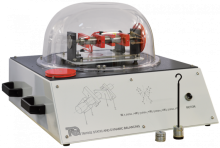
Benchtop apparatus for experiments in balancing a rotating mass system, statically and dynamically.
A base unit supports a gimbal frame, holding a gyroscope assembly that spins and precesses under a clear dome. The rotor of an electric motor shares a horizontally supported shaft with a flywheel, forming the gyroscope. A second electric motor turns a belt that turns a turntable under the gyroscope, causing precession about a vertical axis. Both motors work in clockwise and anticlockwise rotation and with variable velocity. Sensors measure the rotational velocity of the rotor and precession.
A sensor measures the gyroscope’s up or down tilting force at a known distance from the gyroscope pivot. This allows calculation of the torque or ‘gyroscopic couple’. The clear dome includes an interlock that shuts off power to the motors. This allows students to see the gyroscope and use it in safety while still giving them access to examine the mechanism.
The base unit includes motor controls and multi-line displays. The motor controls include unique direction, coarse and fine velocity adjustment and ‘press to stop’ functions. The displays show rotor and precession velocity (speed) in units of revolutions per minute and radians per second. They also show the magnitude of force and couple.
The equipment works with TecQuipment’s Versatile Data Acquisition System (VDAS® available separately). Using VDAS® enables accurate real-time data capture, monitoring and display, calculation and charting of all relevant parameters on a computer making tests quick and reliable.

Benchtop apparatus for experiments in balancing a rotating mass system, statically and dynamically.
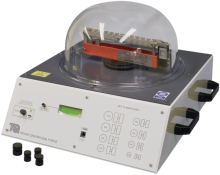
Demonstrates the relationship between centrifugal force, radius and velocity of rotating masses.
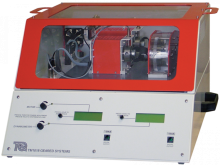
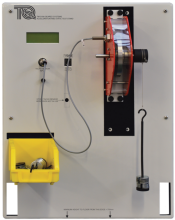
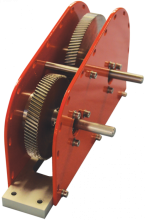

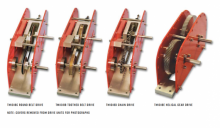
An experimental unit to allow students to find the dynamic efficiency of various drive types. The unit comes complete with a gear drive unit which can be configured as a simple or compound drive.
